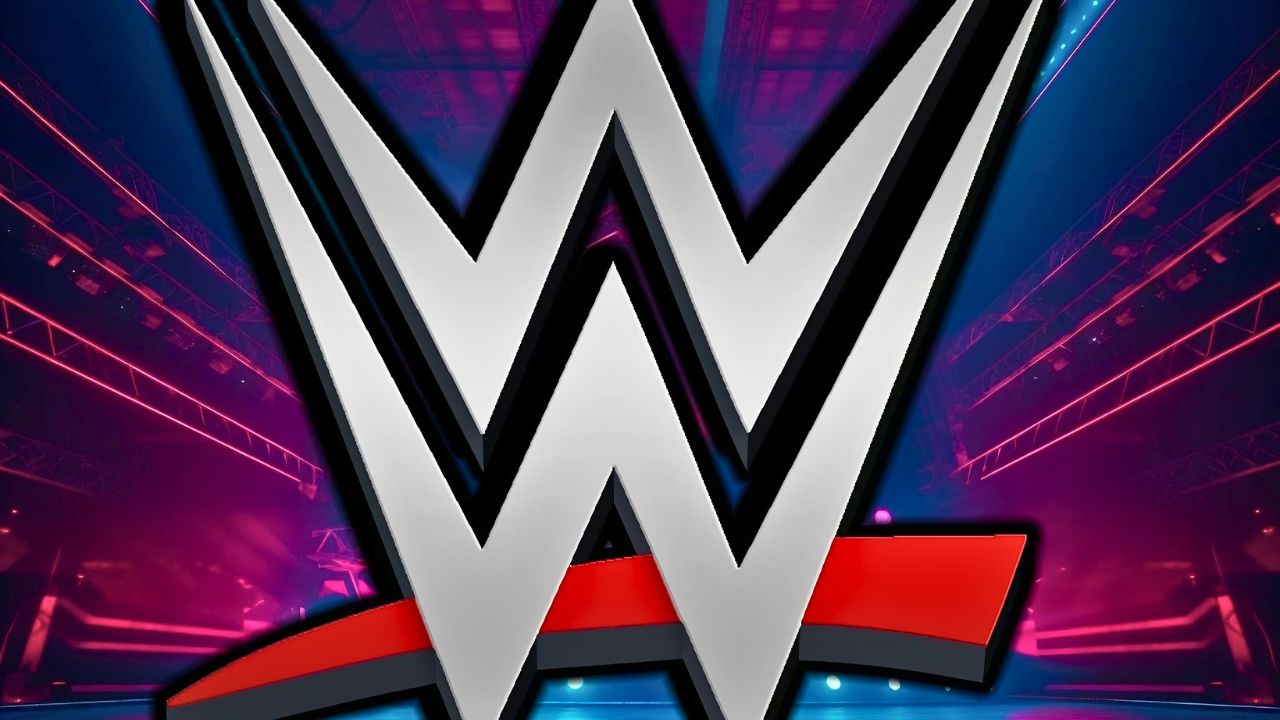WWE vs. Richard Bryant: A Growing Legal Battle Over Fan Injuries
Devoted to the WWE, Richard Bryant has filed a lawsuit against the company for injuries he says he suffered in July 2022 while tapering Friday Night SmackDown in Orlando, Florida. The complaint raises important concerns about event safety and the obligations of organizers like WWE. It has now developed into an arbitration battle.
The Event: A Fan’s Dilemma
Richard Bryant was present during a Friday Night SmackDown taping in July 2022, which would set him up for legal trouble with WWE. Bryant claims that serious injuries, including a “traumatic rupture of his right eardrum, bilateral tinnitus, hearing loss in his right ear, and psychological harm,” were caused by WWE’s negligence. He alleges that WWE neglected to properly educate and oversee their employees and that the pyrotechnics utilized during the event were not sufficiently tested for safety.
Bryant claims that WWE’s negligence in informing spectators of the possible risks connected to their pyrotechnic displays is what caused his injuries. The lawsuit goes on to describe Bryant’s medical costs as well as any potential further treatments.
Legal Trickery: The Arbitration Conflict
Richard Bryant attempted to stop WWE from taking the dispute to arbitration by submitting a motion to the United States District Court for the District of Connecticut on July 24. WWE has defended itself by claiming that Bryant’s claims are subject to the rules and conditions of Ticketmaster.com, which require arbitration for any disputes stemming from attendance at an event. On July 3rd, they filed a motion claiming that they had not renounced their right to arbitration.
The basis of Bryant’s counterargument is that he was not given “reasonable notice” of any arbitration agreement because he was a visitor who got the ticket from a friend and never actually owned it. The focus of this legal dispute is on whether WWE can make a non-ticket holder subject to Ticketmaster’s arbitration agreement.
The Wider Consequences: Event Security and Accountability
Bryant’s claim raises more questions than just specific injuries since it raises concerns about the safety procedures that the event planners used. Bryant’s non-weight-bearing condition, which necessitated the use of crutches and a boot, is an unrelated disability that was included in the case, adding another level of complication and raising doubts about the authenticity of the file.
If the matter isn’t settled before then, a trial date of August 18, 2025, has been set. Bryant is requesting $15,000 in damages, a sum that, while modest in comparison to other well-known lawsuits, emphasizes the gravity of his allegations.
Historical Examples: The Case of Marvin Jackson
Bryant’s complaint reminds me of another case like it that Marvin Jackson filed against WWE, claiming that the fireworks at WrestleMania 38 had damaged his hearing. Because Jackson used a ticket that a relative had bought, he tacitly accepted the condition, and the United States Court of Appeals for the Fifth Circuit maintained the lower court’s ruling that his claims had to be arbitrated. Jackson’s lawsuit, which sought damages over $1,000,000, was transferred to private arbitration after it was rejected with prejudice, meaning it could not be reopened in the same court.
The way Bryant’s claim is handled and resolved may be impacted by the decision made in Jackson’s case. It draws attention to the difficulties that attendees encounter when attempting to hold major corporations responsible for the harm they suffer at events.
The Necessity of Safety and Transparency
WWE’s legal fights serve as a stark reminder of how important it is for big events to have strict safety regulations and open communication. Even though they are a stunning part of live performances, pyrotechnics carry a lot of risk if not handled carefully. The claims made by Bryant and Jackson raise questions about WWE’s commitment to the welfare of attendees because they point to a pattern of inadequate safety procedures.
A journalist needs to inquire about the scope of WWE’s obligations to protect their fan base. Should event planners communicate possible risks and put safety precautions in place more proactively? The necessity for fans like Bryant and Jackson to file lawsuits to get compensation for their injuries suggests that there may be weaknesses in WWE’s event safety policy.
Furthermore, the usage of arbitration clauses, which are frequently tucked away in the fine print of ticket agreements, can restrict the right of harmed parties to file a lawsuit. Even if this is lawful, big businesses may use it as a means of evading complete responsibility.
Waiting for Safety and Justice Reforms
The legal battle between Richard Bryant and WWE is a crucial examination of the duties of event organizers as well as the legal safeguards accessible to attendees. A tight eye will be kept on the case by industry players, legal experts, and fans as it develops. The conclusion may have a big impact on future safety protocol enforcement and communication.
WWE sees this lawsuit as a chance to review and maybe change their safety procedures so that the exciting events they provides don’t compromise the security of their fans. The professional wrestling community, along with all attendees, will be closely observing WWE’s response to these grave concerns.
Fans can only hope for a settlement that puts safety and justice first in the interim, creating a precedent that will shield future guests from harm of a similar nature.
What Do You Think?
What do you think event planners should be doing to ensure the safety of attendees, particularly when it comes to pyrotechnics? Do you believe WWE ought to be more forthcoming in addressing these safety concerns? Post your ideas and criticism in the space provided for comments below!




